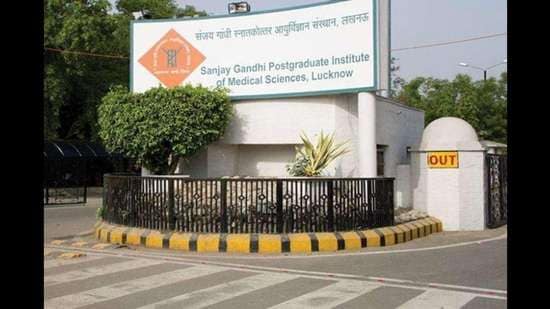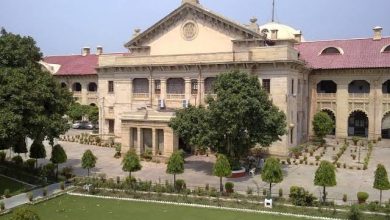Innovation patent by Prof Narayan Prasad
“A Method to Determine a Steroid-Resistant Phenotype in Childhood Idiopathic Nephrotic Syndrome by Utilizing a Pharmacogenomic Biomarkers”
For the first time the Department of Nephrology, SGPGIMS, Lucknow has got an innovation patent on the topic “A Method to Determine a Steroid-Resistant Phenotype in Childhood Idiopathic Nephrotic Syndrome by Utilizing a Pharmacogenomic Biomarkers” from Commonwealth of Australia, Australian Government, IP Australia (Patent number: 2021105595).
Nephrotic syndrome is one of the most common kidney diseases, particularly in children and steroid is the cornerstone therapy for this condition. Children lose heavy amount of protein in the urine and swelling appears all over the body. Gradually, it may lead to kidney failure, requiring dialysis and renal transplantation. About 10-20% of children do not respond to steroid therapy, and many patients develop steroid resistance after initial response. It’s difficult to find SRNS patients before steroid therapy, especially if they don’t have any secondary or hereditary causes of NS. Patients are treated with repeated course of steroid and develop corticosteroid toxicity. Steroid is very useful but a toxic medicine, and predisposes them to infections, weakens their immunity, results in to stunted growth, produce bony weakness, many metabolic conditions like diabetes, cataract and moon facies. Treating these patients with steroid in non-responsive patients leads to all these toxicities. Prof Narayan Prasad, Professor and Head of Nephrology, was working to develop biomarkers to identify these patients who would be less likely to respond to steroid in early stages, if there is no identified genetic causes of steroid resistant nephrotic syndrome. The study was designed by Prof Prasad with team colleagues Prof Vikas Agrawal, Akhilesh Jaiswal, Saurabh Chaturvedi, and Harshit Singh. The study was published in nature journal, the Pharmacogenomics (TPJ), and innovation patent was invited.
The present patent relates to a method to determine steroid-resistant patients in childhood idiopathic nephrotic syndrome (NS) by utilizing pharmacogenomic biomarkers.

The study was funded to Prof Prasad by the Indian Council of Medical Research, New Delhi. The study revealed that P-glycoprotein (P-gp) and Multidrug resistance-associated protein 1 (MRP-1) overexpression on lymphocytes influences steroid pharmacokinetics and may lead to steroid- resistance. P-gp and MRP-1 are biological efflux pump located on surface of lymphocytes, where the steroid primarily works. This pump efflux out the steroid from inside cells to outsides and donot allow steroid to work on site of action as shown in figure-1. Thus, it leads to steroid resistance. If we put these patients on second line of drugs like calcineurin inhibitors early, which inhibits P-gp, steroid starts working and patient responds. These children may be prevented from steroid toxicity. This figure highlights the graphic presentation how P-gp works as efflux pump.

In this method, we performed flow cytometric analysis of P-gp and MRP-1 expression, and functional activity of both, on peripheral blood mononuclear cells (PBMCs) of patients with steroid-sensitive nephrotic syndrome; and steroid-resistant nephrotic syndrome along with the MDR-1 gene polymorphism. P-gp and MRP-1 expression with a cut-off value of 7.13% and 9.62% on lymphocytes predicted steroid resistance with the sensitivity of 90% and 80.7%; and specificity 90% and 80%, respectively. Moreover, MDR-1 homozygous mutant TT+AA for G2677T/A (rs2032582) was significantly associated with resistance. The study has translational potential and has been registered as innovation patent for 8 years from 16th August 2021. The figure highlights the findings of the study.

The analysis of P-gp and MRP-1 expression on peripheral blood lymphocytes may be helpful to adjunct in the treatment of SRNS patients. Knowing the patent, the Director Prof R K Dhiman, who is himself a great academician congratulated Prof Prasad and team the team for first ever patent in basic science by clinician at institute.
Read also :





